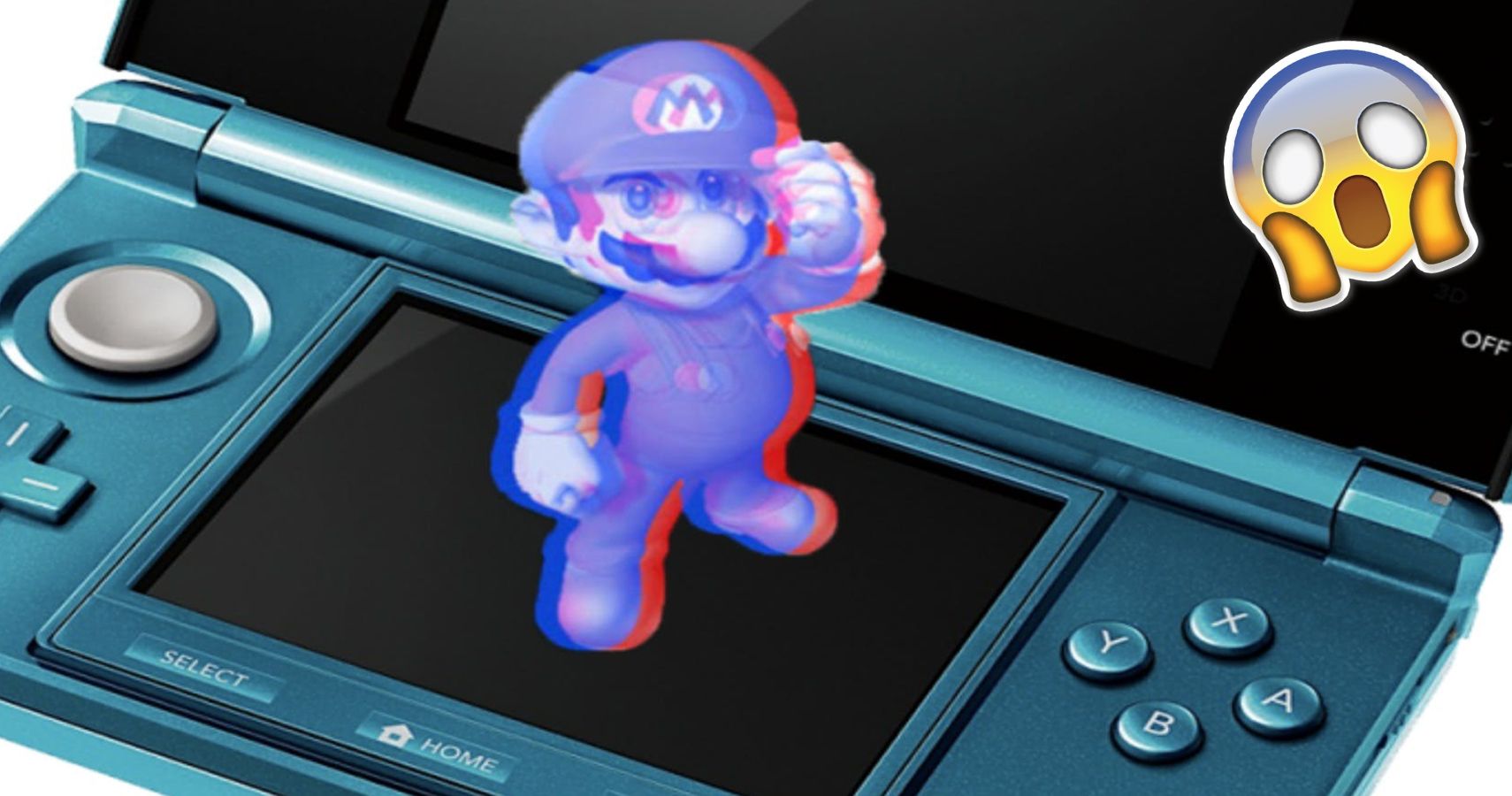

On the other hand, if your content is something that only you could produce anyways, an intro isn’t necessarily going to do much for you. Marketing content fits this description fairly often. When content is generic, branding can make the difference between just another piece of content and a piece of content that is memorably yours. Some people will tell you that you absolutely need an intro, but I figure there are a few considerations that might change your mind.įirst of all, what kind of content are you sharing? An intro is good if you have a niche that includes strong branding. The first question you need to ask yourself is whether or not your videos should have an intro in front of them. Good luck.Option 3: Hiring a Freelancer Should Your Videos Have an Intro? For your queries and suggestions leave your comments below or throw me an email. Scrub the time slider to see the particles following the path.

Select the PFlow icon and align it to the Speed icon. Go to Motion Panel and under Path Parameters rollout, turn on Follow and set the axis to z axis. Now, create a shape or path, whatever you want and path constrained the Speed icon to that path using Animation > Constraint > Path Constraint. Now, we have a speed icon on the viewport and the speed of the particles will depend upon the movement of the speed icon. Select and delete the Speed operator and add Speed By Icon operator in Event 1. Now, press 6 on your keyboard to pop up the Particle View. Go to Create Panel > Geometry > Particle Systems drop down and create PF source icon from there.
#How to make 3ds theme music how to
Let’s learn how to achieve the same effect with event-driven particle system. If you try the same trick with Particle flow, it might not work as it is an event driven particle system. This technique is applicable to all the non-even driven particle elements.

That’s it, you should have something like this: Now, bind the PArray icon with the Path Follow space warp with the help of Bind to Space Warp tool. Set the Travel Time value to some maximum value (I am using 20000) and Last Frame to 100. With the Path Follow space warp selected, go to Modify Panel and Under Basic Parameters rollout, click on Pick Shape object button and pick the path. Go to Create Panel > Space Warps and create a Path Follow space warp from there. In order to make the particles follow the path, we have to make use of Path Follow space warp. It just constrained the object to the path but the particles are still moving freely. Let’s select the sphere then go to Animation > Constraints > Path Constraint and choose the spline object as path. Under Particle Type rollout, set the Particle Type to Standard Particles and choose Sphere from Standard Particles group. You can also tweak the size of the particles under Particle Size group. Now, under Particle Generation rollout, set the Rate, Emit Stop and Display until to 100 and Life to 20. Scrub the time slider to see the particles emitting from the object.īefore going further, we have to tweak some settings of the PArray, so, with the PArray selected, go to Modify panel and under Basic Parameters rollout, set the Viewport Display to Mesh, so that we can see our particles as we see the mesh objects or geometry directly on the viewport. Create any object of your choice (I am using Sphere) then select the PArray emitter and under Basic Parameters rollout, click on Pick Object button and pick your object. Since, PArray is an object based emitter, so, we need an object to be served as particle emitter. Now, we need a path that our particles will follow, so, go to Create panel again then click on Splines and choose the shape that you want or you can manually draw the shape using Line tool. Now, click on PArray and create a Parray emitter on the grid. To create a PArray emitter, go to Create panel and select Particle Systems from the dropdown menu. Let’s first try it with PArray (non-event driven particle system). For Non-Event driven Particle systems Step 1 We will discuss two ways to achieve the effect, one for non-event driven particle systems and the other one for event driven particle systems, so, let’s get started with the first technique. In this tutorial, I am going to show you how to make particles follow a path in 3ds max.


 0 kommentar(er)
0 kommentar(er)
